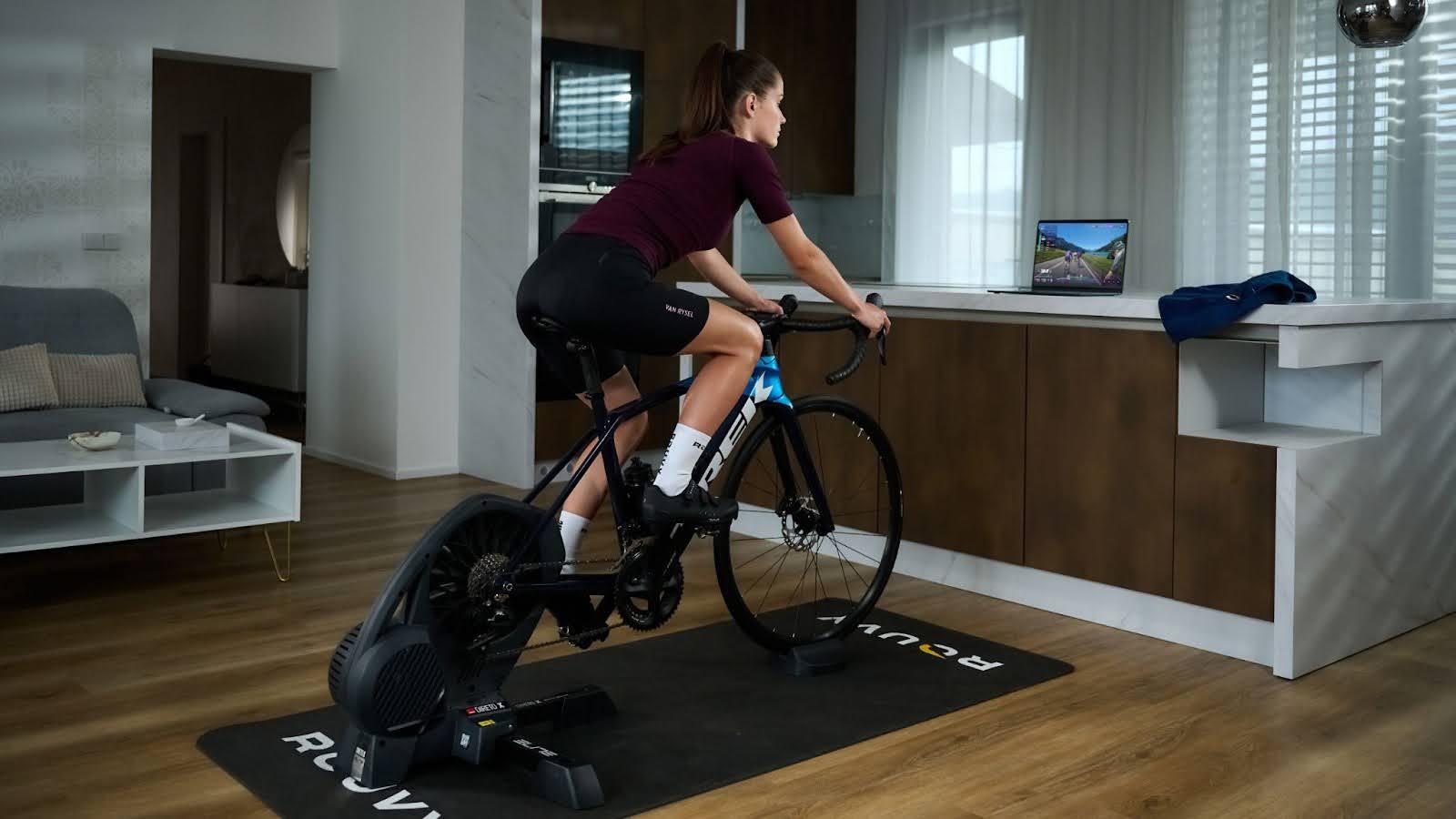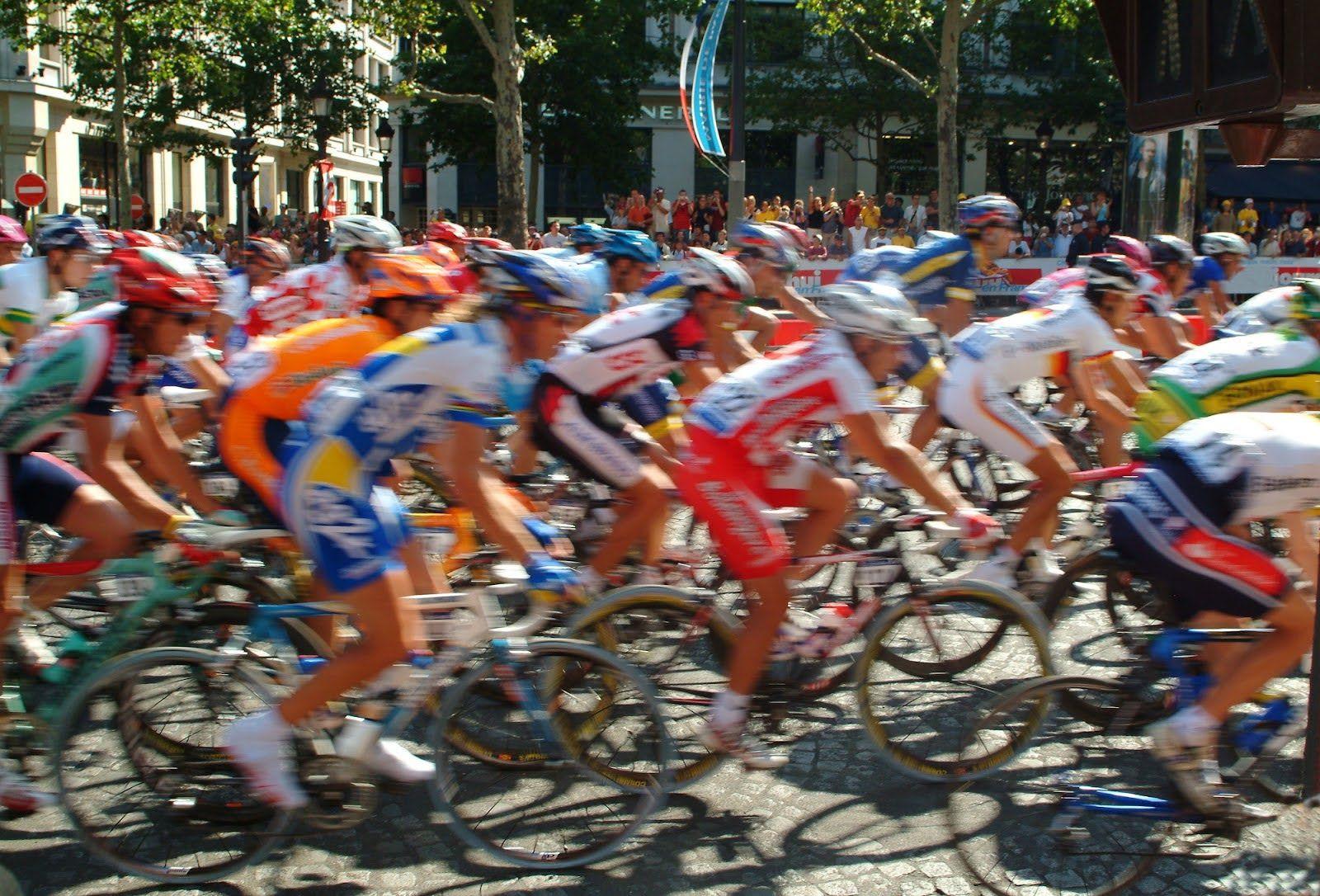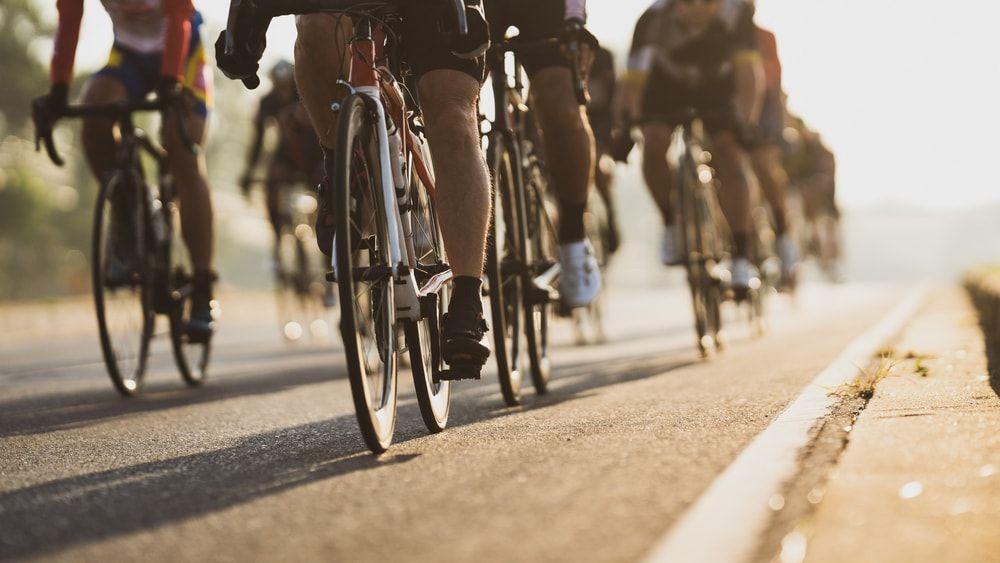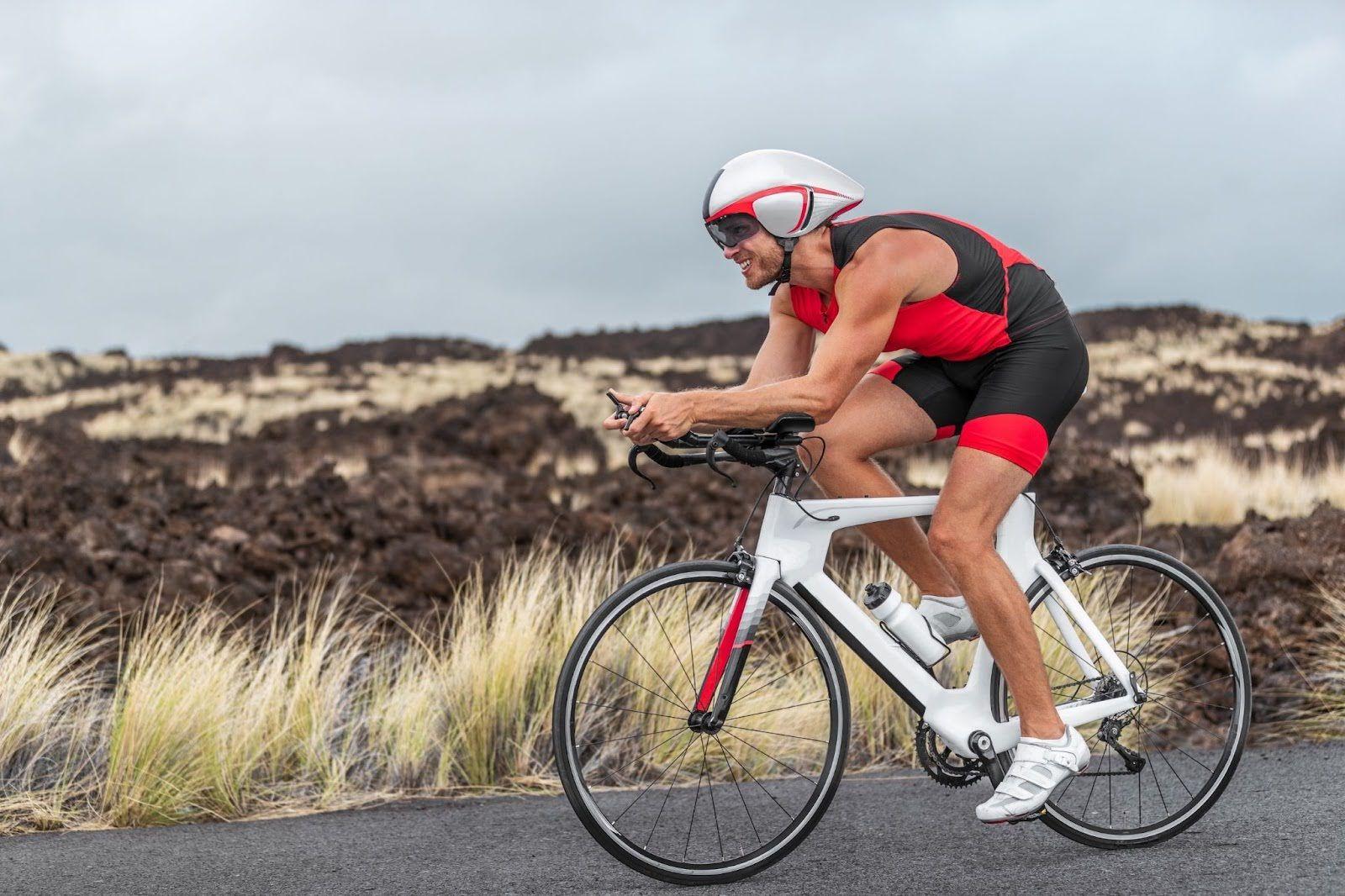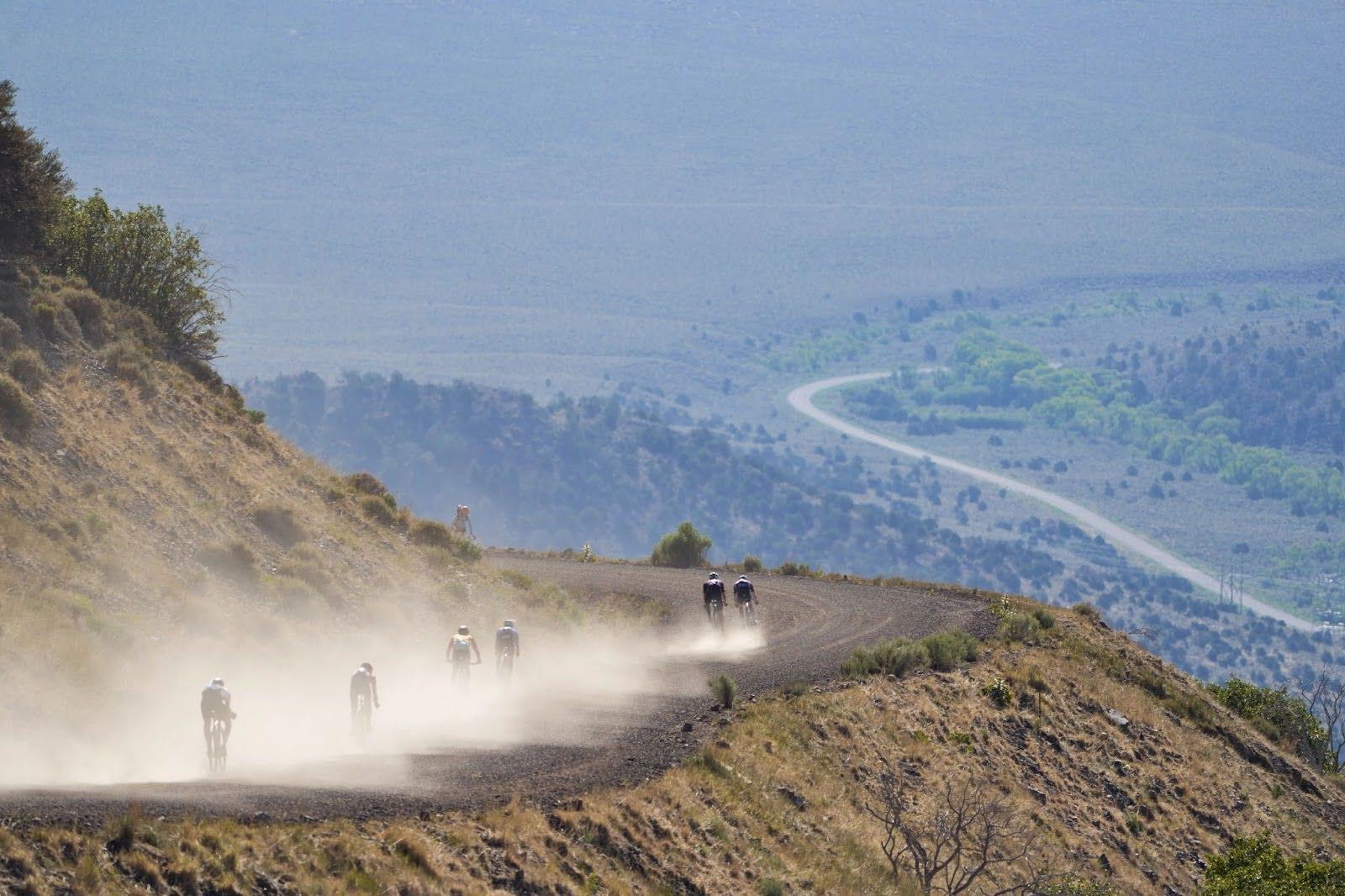What is DRAFTING?
One of the benefits of group riding in real life is experiencing the drafting effect while being in the paceline of another cyclist. Drafting occurs when a cyclist moves into an area of low pressure behind another cyclist, reducing the wind resistance and the amount of energy required to pedal - meaning you can go further, faster and get more PRs! Drafting is a crucial part of racing as it becomes not only about power but also your tactical skills. It makes racing more fun and strategic because of the tactical elements required. Scan the profile of the route, save some power and then attack in the key moments!
How much energy does drafting save on a bicycle?
Interestingly, there seems to be little clear consensus among researchers that have investigated this topic. Studies have shown drag reductions of between 27% and 50% for riders who are drafting. The exact reduction depends on several variables — the size and the location of the bike in front, likewise with the drafting rider, the distance from the wheel in front, the direction and the wind speed.

How does drafting work on ROUVY?
In the drafting feature on ROUVY, the experience of following behind a rider with a steady speed is replicated. Naturally, the benefits of the drafting effect also depend on the route profile and performance of the rider in front of you. You'll feel stronger drafting effects when riding fast or downhill, compared to a slow uphill climb. Based on the drafting position, your power and heart rate values will increase or decrease. When you are close to the rider in front of you, you will notice the decrease in resistance & HR values. On the other hand, once you are not in the slipstream, the resistance will increase.
What are the latest improvements in the drafting feature on ROUVY?
Previously, drafting relied heavily on a single rider in front of you, even when riding behind a large group. Now there's a larger focus on the impact of multiple riders in front you, just like in the real world. I.e. several riders will create stronger drafting than just one.
The cone of impact behind the rider ahead has been adjusted to be more life-like. The ideal vertical drafting distance is now 1-3 metres. A rider in an adjacent lane (see below) gets 90% horizontal 'side-drafting' effectiveness instead of 100% to compensate for the fact that he is not able to steer into the optimum position around other riders.
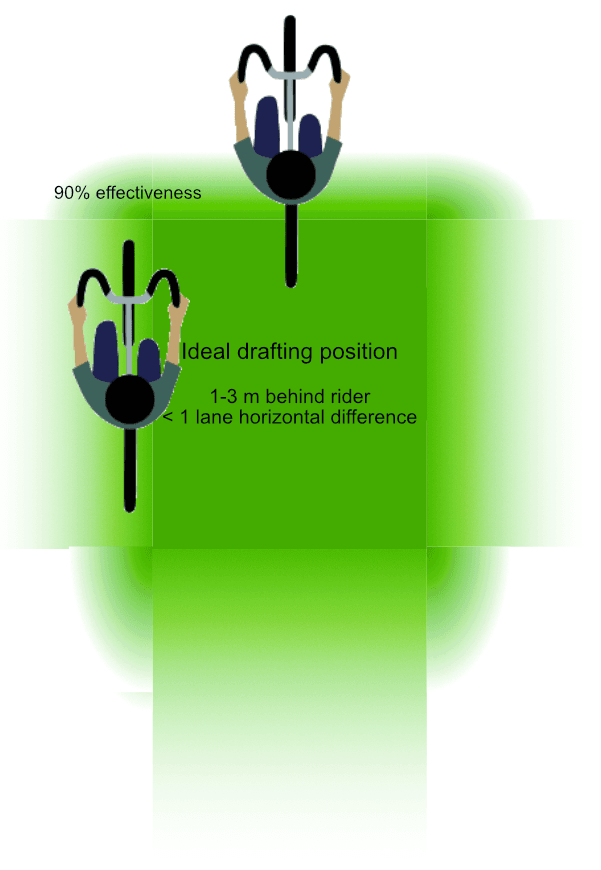
The on-screen drafting indicator has been updated to help you understand the optimum drafting position.
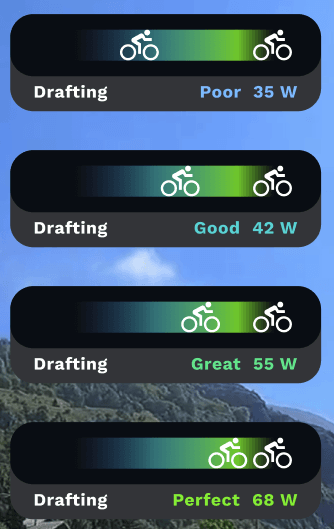
You can test out the drafting feature for yourself with Ghost Riders or join a Group Ride or race to see the impact with other riders even more noticeably.
